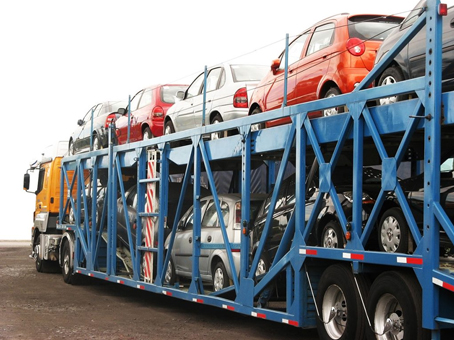Discovering the ideal timeframe for truck-based car shipping involves navigating through various elements. Route specifics, adherence to Hours of Service (HOS) regulations, traffic dynamics, weather conditions, and logistical intricacies such as pick-ups and drop-offs all play a pivotal role. Unforeseen events like delays due to other customers or vehicle breakdowns can also impact the duration.
For cross-country shipments, a rough estimate places the process at around 7 to 10 days. This projection is based on drivers covering an average of 500 miles per day. Additionally, it’s essential to factor in an extra day or two for loading the vehicle onto the transport truck.
Adherence to the stringent guidelines set by the Federal Motor Carrier Safety Administration (FMCSA) and the Department of Transportation (DOT) is a fundamental aspect. Drivers are restricted to driving a maximum of 11 hours per day, with an overall on-duty time of 14 hours, encompassing activities like loading and unloading. They must also observe a 60-hour total work limit within a 7-day timeframe and undergo a 34-hour restart before resuming driving.
When coordinating with your chosen carrier or broker, effective communication is paramount. Clearly communicate any time constraints or specific availability requirements. Factors such as favorable weather conditions and smooth traffic flow can potentially result in quicker transit times than initially estimated. Nevertheless, acknowledging that unforeseen delays are part of the equation is crucial, necessitating a flexible approach to accommodate potential adjustments in the delivery timeline.
 +1 801-513-6651
+1 801-513-6651 allcarhaulers@gmail.com
allcarhaulers@gmail.com








